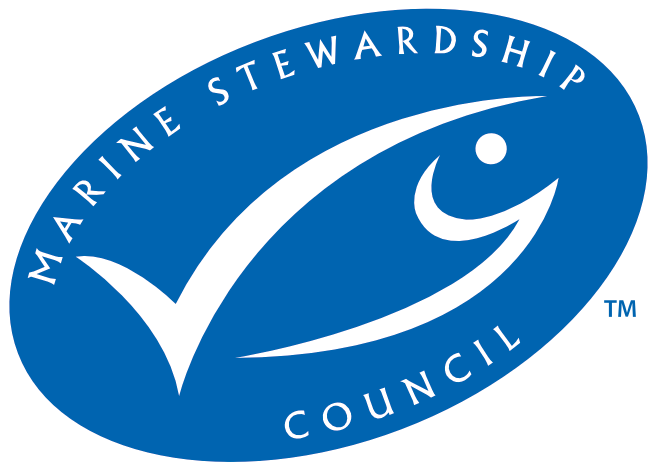
- Certifier :
- SCS Global Services
- Certified status :
- Certified
- Certified since :
- 21 Jul 2011
- Certificate expires :
- 29 Jun 2028
Overview
Fisheries are composed of one or more parts, each of which is entitled to receive an MSC certificate. These parts or “units” are defined by their target stock(s), fishing gear type(s) and if relevant vessel type(s), and the fishing fleets or groups of vessels.
When the term “Unit of Certification” is used for fishing units that are in assessment, it refers to the “Unit of Assessment” or “Unit of potential certification”. Expand a status below to view the parts that form this fishery. To check the detailed scope, download the latest certificate or open the Assessments page to get the latest report. Find out more by visiting our page on Fisheries
Catch by Species
| Species | Reported Catch Year | Metric Tonnes |
|---|---|---|
| Pacific chub mackerel (Scomber japonicus) | 2024 | 47,006 |
| Californian anchovy (Engraulis mordax) | 2024 | 191,500 |
| Pacific anchoveta (Cetengraulis mysticetus) | 2024 | 106,283 |
| Pacific sardine (Sardinops sagax) | 2024 | 233,938 |
| Pacific thread herring (Opisthonema libertate) | 2024 | 164,015 |
Information is provided by an independent Conformity Assessment Body as live weight (the weight of species at the time of catch, before processing) and where a fishing season covers multiple years, the end year is given as the reported catch year. Additional information is available in the latest report, see the assessments page.
Eligibility, client groups and vessel lists
A fishery may choose to define the members of the fishery certificate. These members can be vessels or other client group members (e.g. companies that own vessels and/or companies that are named as eligible to handle certified product covered within the fishery certificate scope). Please refer to the fishery certificate statement on additional product specific eligibility criteria (e.g. product eligibility limitations, eligibility date, exclusive points of landing and the point where Chain of Custody certificate is required). Please consult the fishery Public Certification Report for product eligibility rationale.
| Documents | Published on | Files |
|---|---|---|
| Vessel List | 11 Apr 2013 | 1 files |
About this Fishery
Pacific sardines are small forage fish that form large schools. Though they grow up to 40cm, those in the Gulf of California are usually around 20cm. While predominantly coastal, they are occasionally found as far as 200 nautical miles offshore.
The Gulf of California sardine fishery is Mexico’s largest fishery by volume. Its 36 vessels use purse seine nets to catch sardines in large shoals, which are hauled on board and landed mostly by fish pumps. Typical fishing boats are 25m long with a crew of around eight people. They are often equipped with refrigeration. Fishing trips usually last 1-2 days, and are often guided by aerial surveys.
As part of the certification process, the fishery is collaborating closely with environmental NGOs to improve monitoring and address issues around bycatch and interactions with rare, threatened and endangered species.
Market Information
About 85% of the total production is used for reduction to fishmeal and mostly used for animal feed. Sardines are also packed in cans for sale into domestic and foreign markets.